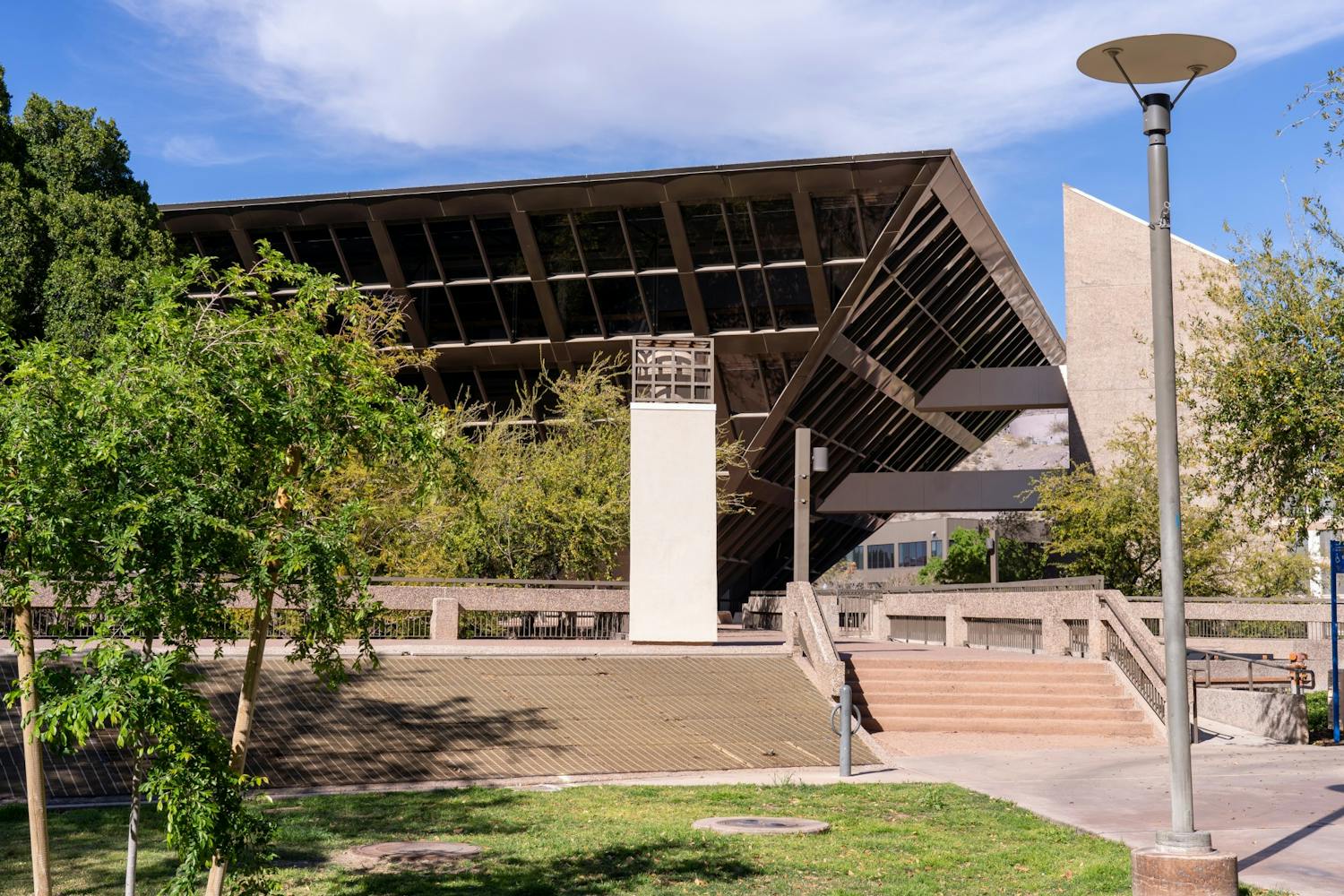President Crow's head must have been swimming with visions of dollar signs this Christmas. In case you missed it while visions of sugar plums -- who am I kidding, visions of iPods -- danced in your head, the Arizona Republic reported on Dec. 24 that ASU would be receiving a $100 million present from Ira Fulton.
The article reported that Fulton has already donated $58 million to ASU since 2003.
But what really caught my eye about the article was the comment from Terri Schafer, University spokeswoman. According to the Republic, Shaffer said, "The money likely will be used for educational programs that will benefit students, as opposed to construction of new buildings."
This sentence was music to my liberal-arts-student ears. As a history and political science student, my classes have made me intimately familiar with the crumbling Social Sciences building and forced me to venture repeatedly into the underbelly of the Language & Literature building, rather than the brand new Biodesign Institute labs.
So when I read that Fulton's $100 million donation might go toward educational programs, with $25 million going toward a special discretionary fund for President Crow, I couldn't help but start thinking of all the wonderful ways the money might be best spent.
After gloriously considering that President Crow could use his special funds to send me on trips to every women's basketball road game, I decided it might be better if the money benefited more students (emphasis on might be).
So when I ended up in an adviser's office to strategize how it is that I could graduate in three semesters, I knew I had found out how to spend Crow's chunk of money.
There, I realized that what President Crow's "New American University" really needs are some "New American" advisers.
It is my knowledge that some departments on campus hire graduate students to work as undergraduate academic advisers.
Not a bad idea at first glance; after all, who better to help an undergrad navigate a department than older students who have been there and done that?
But two problems arise out of hiring graduate students to advise undergraduates.
First, if the advisers were undergraduates at another university, they wouldn't have the specific knowledge of the undergraduate requirements or department intricacies that are crucial to academic advising sessions.
This can be remedied with thorough training, which some departments, such as the speech and hearing science department, seem to be able to provide.
Second, even if the advisers are well trained, they have a high turnover ratio. After all, graduate students are continually lost to graduation.
Five different individuals have personally advised me in my two-and-a-half years as an undergraduate. Such high turnover ratios make effective training fruitless and inhibit students from developing any sort of long-term rapport with their adviser.
Advisers should play the role of advocate for students and assist them in crafting a well-balanced and exciting degree program that satisfies their educational curiosity while also fulfilling their university and degree requirements.
The New American University's "Design Imperative 5," one of its eight imperatives, commits ASU to focus on the individual while promising to focus on "teaching quality ... and developing new creative teaching and learning environments."
With this in mind, it can be assumed that the most effective way to bolster ASU's present and future learning environment is to use funds to secure a higher quality of academic advising in every department across campus.
Laura Thorson is a history and political science junior who is hoping her advisers don't sabotage her DARS report. Reach her at aura.thorson@asu.edu.



